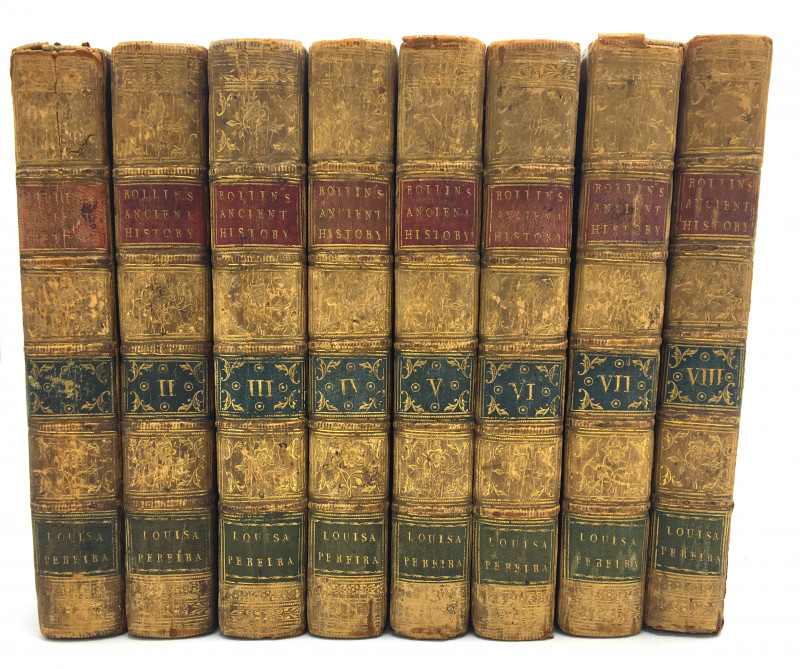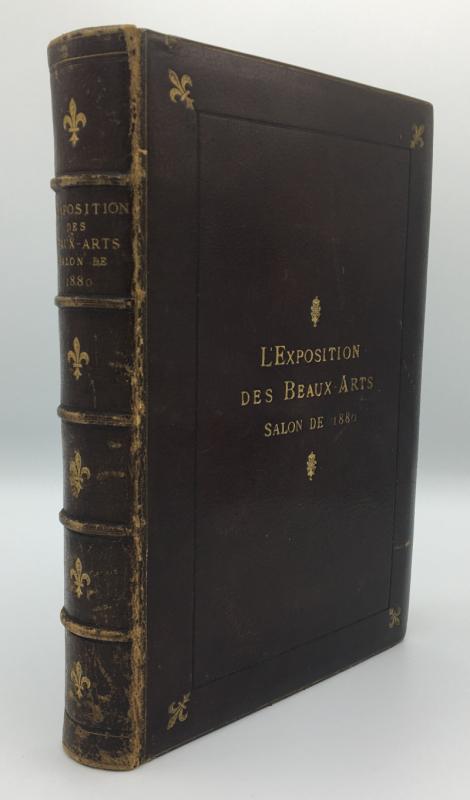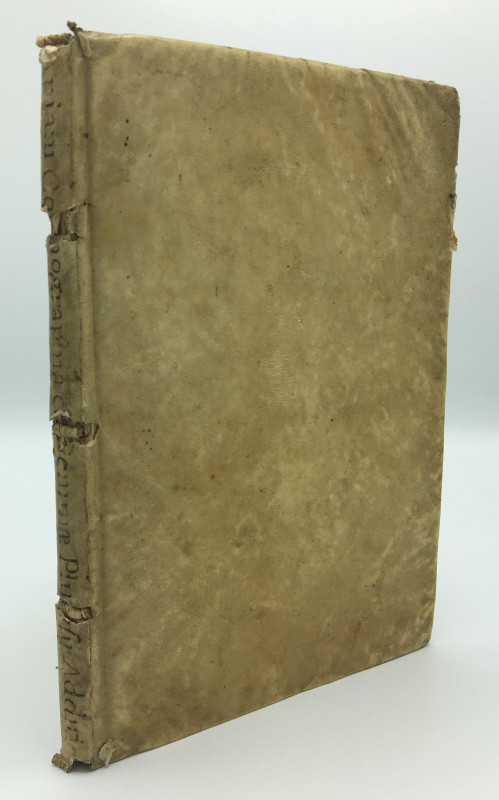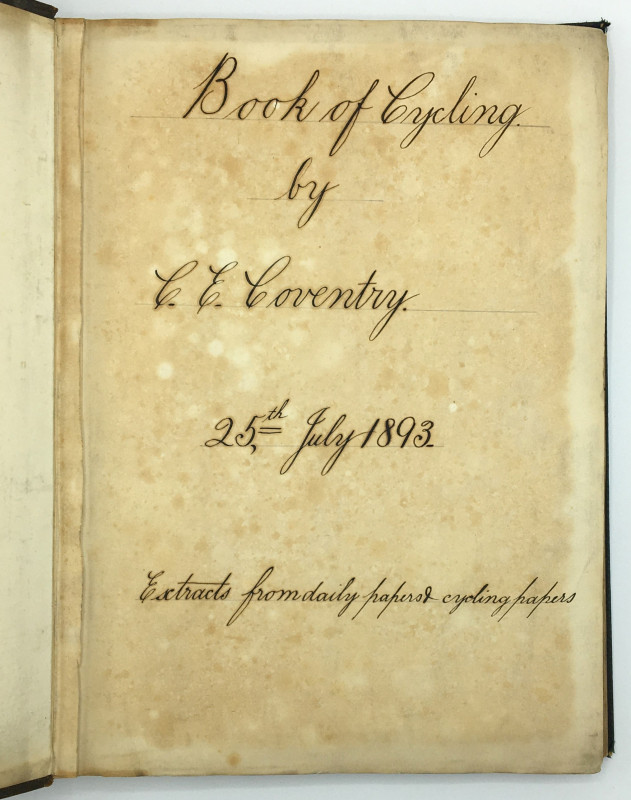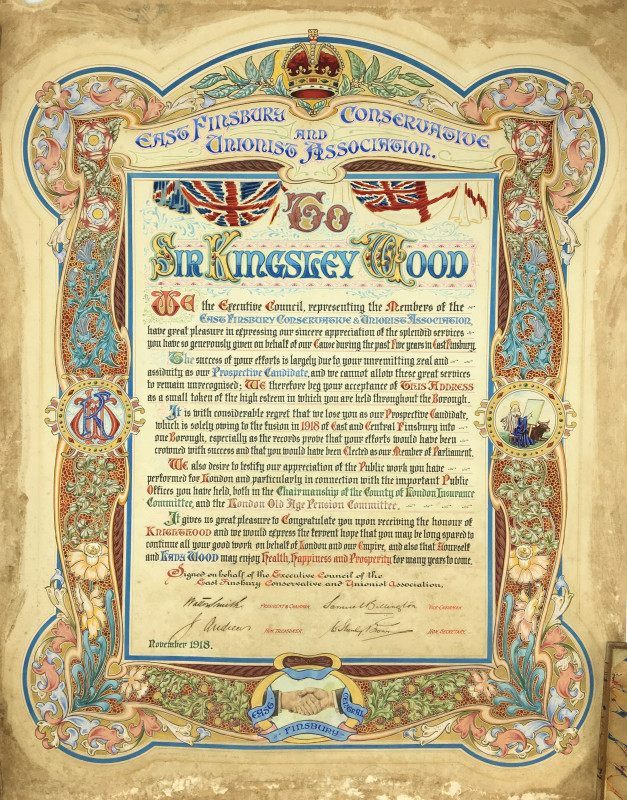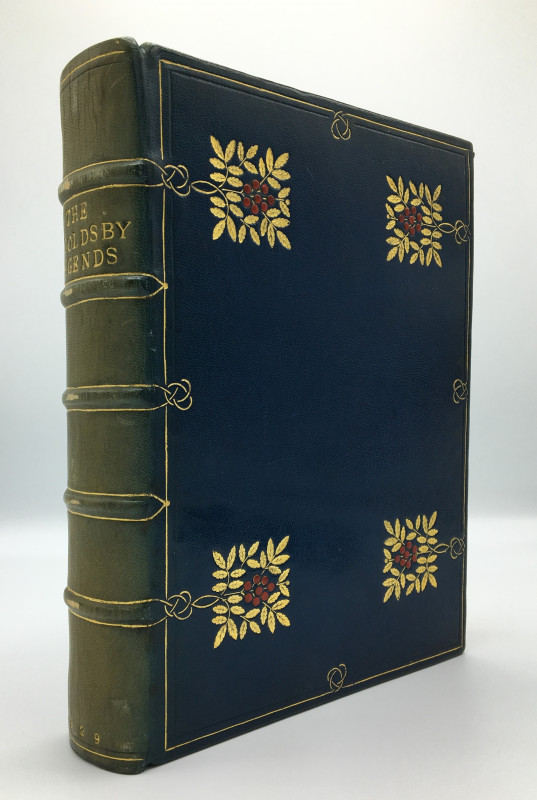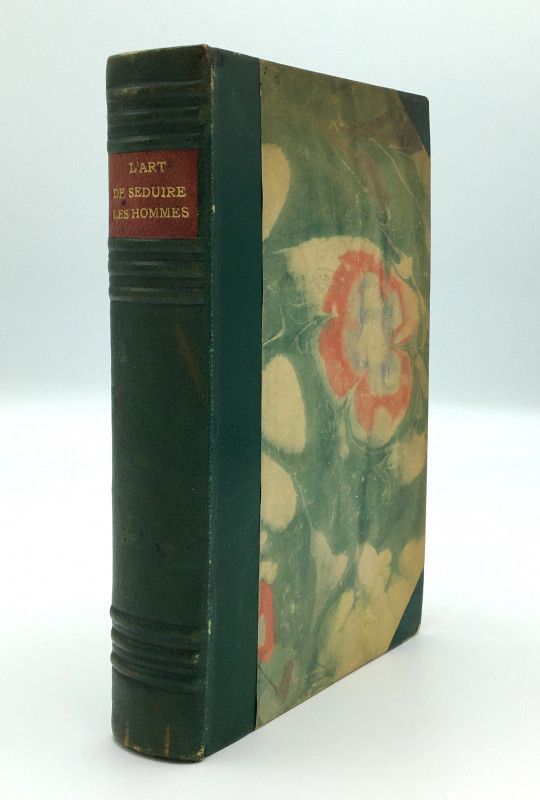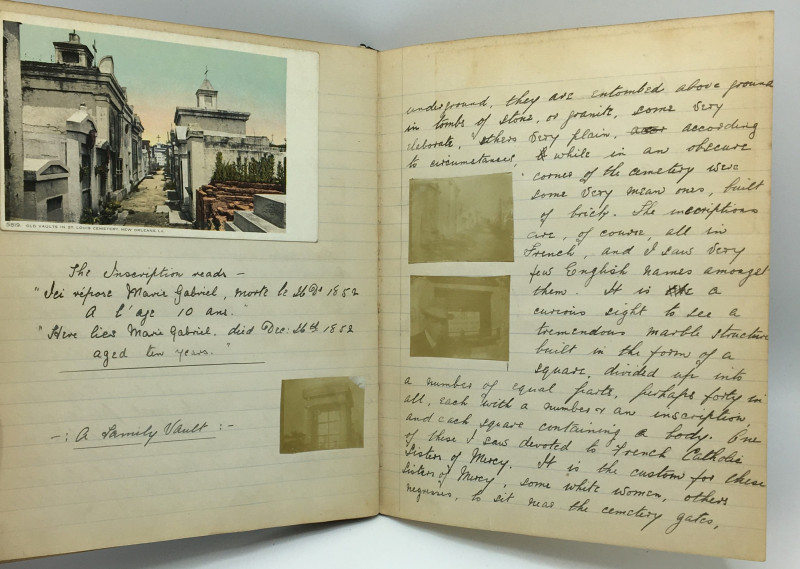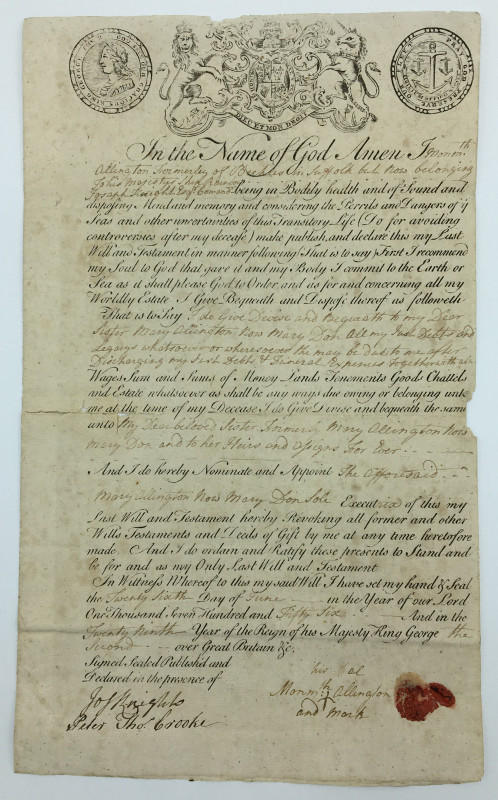MANUSCRIPT EXPEDITION NOTES AND SHERPA ARTWORK FROM EDMUND HILLARY’S ‘SILVER HUT’ EXPEDITION TO SEARCH FOR THE YETI, OR ‘ABOMINABLE SNOWMAN’
Book Description
2pp. manuscript text with numerous corrections and additions on a large sketch album leaf (37 x 27cm) providing an outline of the expedition, with a striking pencil portrait of one of the expedition’s Sherpas to the conjugate blank (perhaps by the mountaineer himself). WITH: 18 drawings attributed to Sherpa artists by the mountaineer (as indicated by his annotations to several of the images), comprising a mixture of pen and ink and more decorative coloured watercolour and gouache examples, mostly to one side only across 17 sheets. Each measuring between 18 x 27cm and 27 x 37cm. The manuscript and drawings are in very good condition, with just a little occasional creasing to the edges of a few drawings and the odd minor mark or nick to the extremities - the images remain bright and vivid.
Dealer Notes
A remarkable group of Sherpa artwork collected by a member of Edmund Hillary’s Silver Hut Expedition (1960-61), including a Sherpa depiction of the ascent itself and an imaginative encounter of the mountaineers with a Yeti mother and child, alongside manuscript notes by the same member outlining the purpose of the expedition, likely penned after the team had left Kathmandu but before their lengthy acclimatisation at altitude had begun.
Initiated by Edmund Hillary and Griffith Pugh, along with John Dienhart of World Books in America, the Silver Hut expedition, formally known as the Himalayan Scientific and Mountaineering Expedition, sought as its mission to winter for the first time at 20,000 feet without oxygen and then to attempt the summit of Makalu (27,790 feet). It was perhaps best known, however, for its simultaneous mission to find evidence either proving or disproving the existence of the Yeti, or ‘Abominable Snowman’.
The present notes, written by a member of the expedition, outline the expedition’s purpose “to put man on a 27,790 foot Himalayan peak (in this particular case Makalu, south-east of Everest on the disputed Nepal-Chinese Tibet frontier” as well as “to throw light on the Abominably Elusive Snowman”. He continues, however, that “more than one expedition designed solely for that purpose has collected sufficient data to support the legend” and, “short of capturing the creature, or photographing it, our mammoth expedition will add nothing new to what already is known about the greatest remaining mystery of our times”. He then goes on to credit the team leader (“Everest has been climbed, by Sir Edmund Hilary who leads our expedition”) and recent ascents (“Most of the other major Himalayan peaks have been successfully scaled (out of respect for the feelings of the local people, among them our Sherpas... I avoid using the term conquered)”), finally mentioning local esteem for Sherpa Tenzing Norgay (“a folk song we have heard sung by strolling minstrels in and about Kathmandu... where our expedition began, claims that the Himalayan Gods and Goddesses smiled on Tenzing and helped him achieve his high ideal”).
It is not quite clear which of the mountaineers on the expedition penned the present notes, although the author describes himself as “a layman with this largely scientific expedition”, who is admiring of the “painstaking research our physiologists are even now preparing to undertake under never-before experienced conditions”, potentially pointing to George Lowe.
The artworks include striking portraits of a Sherpa and a young Nepalese or Tibetan boy, as well as a remarkable, detailed depiction of the western mountaineers climbing Mount Makulu. This illustrates six roped climbers making their ascent, whilst below two other westerners spy on a Yeti and a Yeti child, all set above a Himalayan village. The remaining images comprise depictions of: a Tibetan village with two figures and stylised mountains above; four women tilling the land and planting; four sheets depicting Tibetan dancers (two pen and ink, and two watercolour, one of the latter also depicting two western mountaineer onlookers with boots, telescope, and backpack); a house with two figures, a dog and goats; dancers and musicians at a feast; another feasting scene with three figures and stylised flora and fauna to the reverse; ceremonial costumes; a stylised mountain temple scene with a figure on horseback (titled “Chumbi enters Lhasa”); another stylised mountain scene with a child and yak in the foreground (titled “Chumbi & Yak “When I was little higher than a Yak’s head I discovered the truth about mountains””; Dorje Tsempa; an expressive goat; and a sheet of calligraphic text.
Initiated by Edmund Hillary and Griffith Pugh, along with John Dienhart of World Books in America, the Silver Hut expedition, formally known as the Himalayan Scientific and Mountaineering Expedition, sought as its mission to winter for the first time at 20,000 feet without oxygen and then to attempt the summit of Makalu (27,790 feet). It was perhaps best known, however, for its simultaneous mission to find evidence either proving or disproving the existence of the Yeti, or ‘Abominable Snowman’.
The present notes, written by a member of the expedition, outline the expedition’s purpose “to put man on a 27,790 foot Himalayan peak (in this particular case Makalu, south-east of Everest on the disputed Nepal-Chinese Tibet frontier” as well as “to throw light on the Abominably Elusive Snowman”. He continues, however, that “more than one expedition designed solely for that purpose has collected sufficient data to support the legend” and, “short of capturing the creature, or photographing it, our mammoth expedition will add nothing new to what already is known about the greatest remaining mystery of our times”. He then goes on to credit the team leader (“Everest has been climbed, by Sir Edmund Hilary who leads our expedition”) and recent ascents (“Most of the other major Himalayan peaks have been successfully scaled (out of respect for the feelings of the local people, among them our Sherpas... I avoid using the term conquered)”), finally mentioning local esteem for Sherpa Tenzing Norgay (“a folk song we have heard sung by strolling minstrels in and about Kathmandu... where our expedition began, claims that the Himalayan Gods and Goddesses smiled on Tenzing and helped him achieve his high ideal”).
It is not quite clear which of the mountaineers on the expedition penned the present notes, although the author describes himself as “a layman with this largely scientific expedition”, who is admiring of the “painstaking research our physiologists are even now preparing to undertake under never-before experienced conditions”, potentially pointing to George Lowe.
The artworks include striking portraits of a Sherpa and a young Nepalese or Tibetan boy, as well as a remarkable, detailed depiction of the western mountaineers climbing Mount Makulu. This illustrates six roped climbers making their ascent, whilst below two other westerners spy on a Yeti and a Yeti child, all set above a Himalayan village. The remaining images comprise depictions of: a Tibetan village with two figures and stylised mountains above; four women tilling the land and planting; four sheets depicting Tibetan dancers (two pen and ink, and two watercolour, one of the latter also depicting two western mountaineer onlookers with boots, telescope, and backpack); a house with two figures, a dog and goats; dancers and musicians at a feast; another feasting scene with three figures and stylised flora and fauna to the reverse; ceremonial costumes; a stylised mountain temple scene with a figure on horseback (titled “Chumbi enters Lhasa”); another stylised mountain scene with a child and yak in the foreground (titled “Chumbi & Yak “When I was little higher than a Yak’s head I discovered the truth about mountains””; Dorje Tsempa; an expressive goat; and a sheet of calligraphic text.
Author
[SILVER HUT EXPEDITION, 1960-61]; [HILLARY, Edmund]:
Date
[1960-1961].
Publisher
[Original manuscript and artwork].
Friends of the PBFA
For £10 get free entry to our fairs, updates from the PBFA and more.
Please email info@pbfa.org for more information
